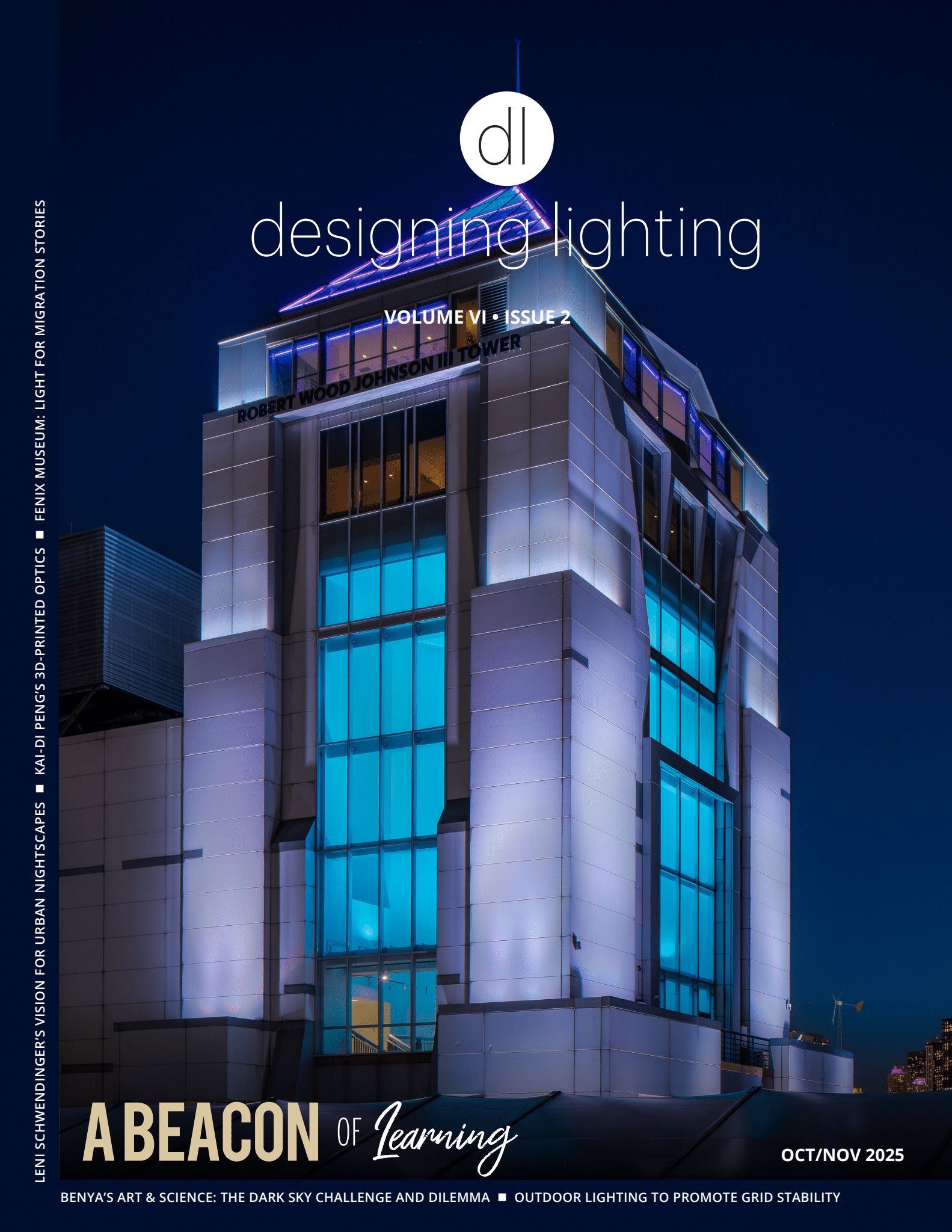The SaloneSatellite Award Jury, which met today, 19th April, unanimously selected the six winning projects, out of a hundred entries. Innovation of process and tradition, championing the safeguarding of sustainable and community thinking, triumphed at the 12th edition.Projects by representatives of different countries of origin and provenance encompassed different geographic latitudes and design approaches. The First Prize was awarded to Japan’s Honoka for his Tatami Refab, combining reclaimed tatami material and 3D printing. Second Prize went to the Hong Kong-based Studio Ryte for its Triplex Stool, made using flax, a sustainable wood fibre. Third Prize went to Ahokpe + Chatalin, appearing at SaloneSatellite as Belgium is Design, for their Kudoazò hammock, made from recycled fabric spun in Benin. This year’s three Special Mentions were assigned the Róng Design Award, consisting of a one-month residency at the Rong Design Library in Hangzhou’s Yuhang district in China, promoter of the initiative. These were awarded to the Spanish Joaquin Ivan Sansone, currently living in Spain, for his cane Junki stool; to Korea’s Weonrhee, for the small Primitive Structure table, and Venezuelan-born Fragmentario, now living in the USA, for the Avocado Seed Brick project. All three were chosen for their evident pursuit of research, and will be supported in integrating Chinese crafts and traditional materials into their creative processes. The aim is to introduce and promote these Chinese particularities into the global design world, supporting the creativity and the growth of the young designers.
JURYPaola Antonelli, Senior Design Curator, Architecture & Design Director, Research and Development, MoMA, Beppe Finessi, Design Critic, Gianluca Gessi, President Gessi, Francesca Gugliotta, Design Editor, Francesco Librizzi, Designer, Claudio Luti, President Kartell, Steven Ma, Designer, Anna Moldenhauer, Editor-in-Chief Stylepark, Roberta Silva, CEO Flos, Marilena Sobacchi, Press Office Salone del Mobile.Milano.
FIRST PRIZEHonoka, Japan“Tatami Refab”(Booth C02)
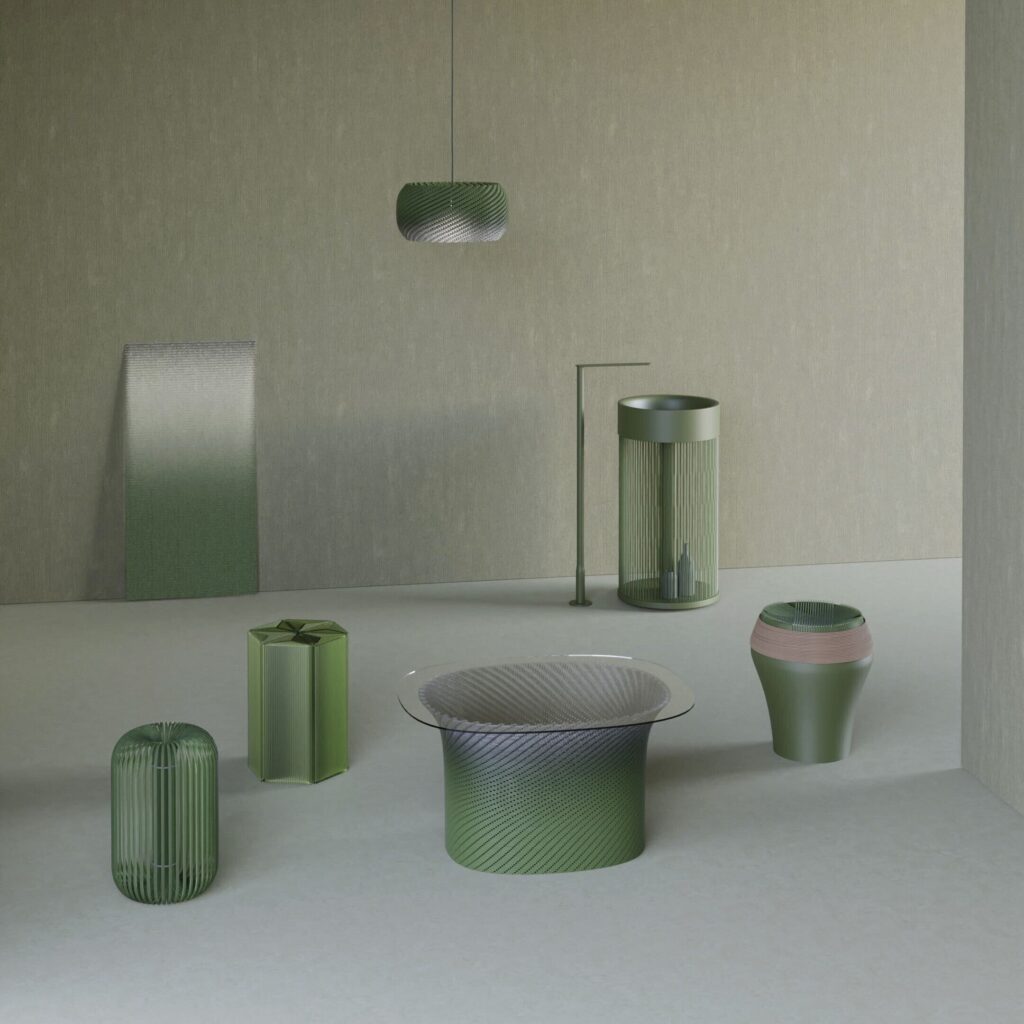
First Prize_ PROJECT_Honoka_Tatami Refab
DESCRIPTION3D printing and reclaimed poor materials come together in a versatile project that innovatively reintroduces traditional marks and culture into everyday life and the domestic spaces. Tatami is declining year by year. The Tatami Refab Project is a project that re-embed Tatami into modern life using 3D printing technology.
MOTIVATION3D printing and reclaimed poor materials come together in a versatile project that innovatively reintroduces traditional marks and culture into everyday life and the domestic spaces.
SECOND PRIZEStudio Ryte, Hong Kong“Triplex Stool”(Booth D04)
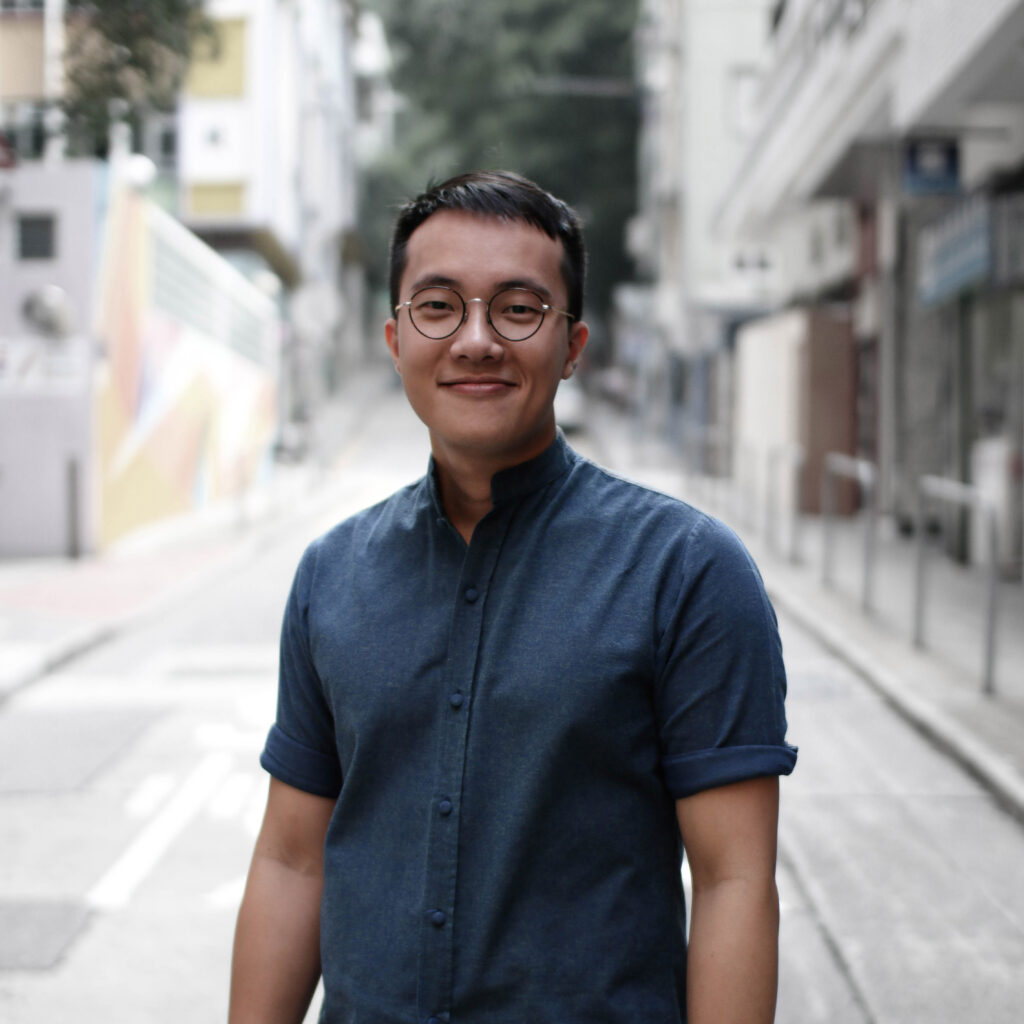
2 Second Prize PORTRAIT Studio RYTE
DESCRIPTIONFrom lightweight to efficient structure; compactness to sustainability; the flax fibre Triplex Stool is an experimental furniture piece that responds to the nomadic lifestyle of the current era.
MOTIVATIONFlax, a sustainable, lightweight wood fibre, lends itself to a contemporary revisiting of powerful Brutalist language. THIRD PRIZEAhokpe + Chatelin (Belgium is Design), Belgium“Kudoazò”(Booth D13/E08)
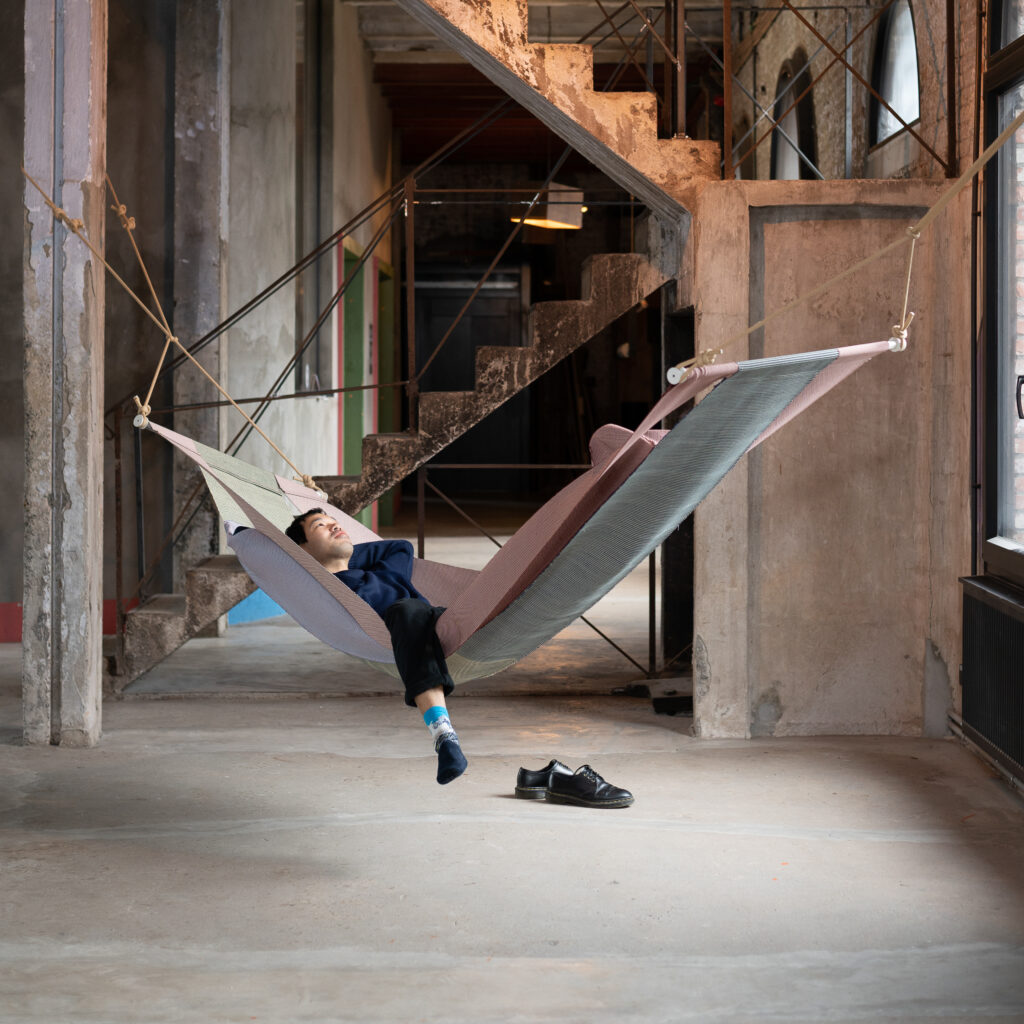
Third Prize ahokpe chatelin Belgium is Design Kudoazo @Lucas Denuwelaere
DESCRIPTIONA hanging bed designed and handwoven in Benin for European interiors. The fabric comes from unravelled yarn from sweaters that end up on African markets, the shape informed by the stripMOTIVATIONConceived in Belgium and produced in Benin from recycled materials, this ancient object is an expression of sustainability channelled by a marriage of traditions and handiwork that break down geographical barriers and colonialist aspirations. SPECIAL MENTIONJoaquin Ivan Sansone, Argentina“Junki”(Booth B01 )
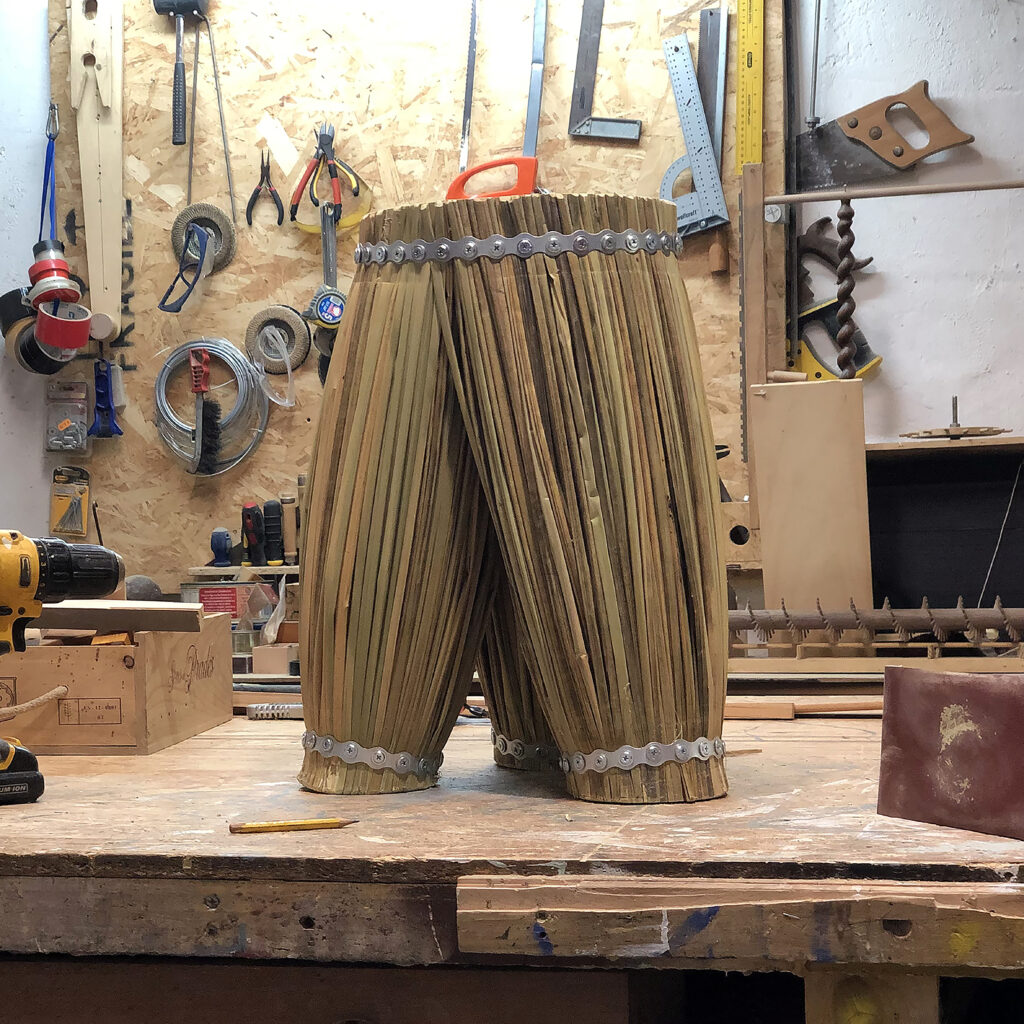
joaquin-ivan-sansone_Junki
DESCRIPTIONThe Junki bench is born from research into the material, creating a sturdy bench, thanks to the combined minimum force of each element. Showing the power of nature to resist.MOTIVATIONSimplicity is key to this object, which makes the most of the intrinsic properties of the material, in a viable, good-looking solution that emits a message of resilience. SPECIAL MENTIONWeonrhee, Republic of Korea“Primitive Structure” (Booth A05)
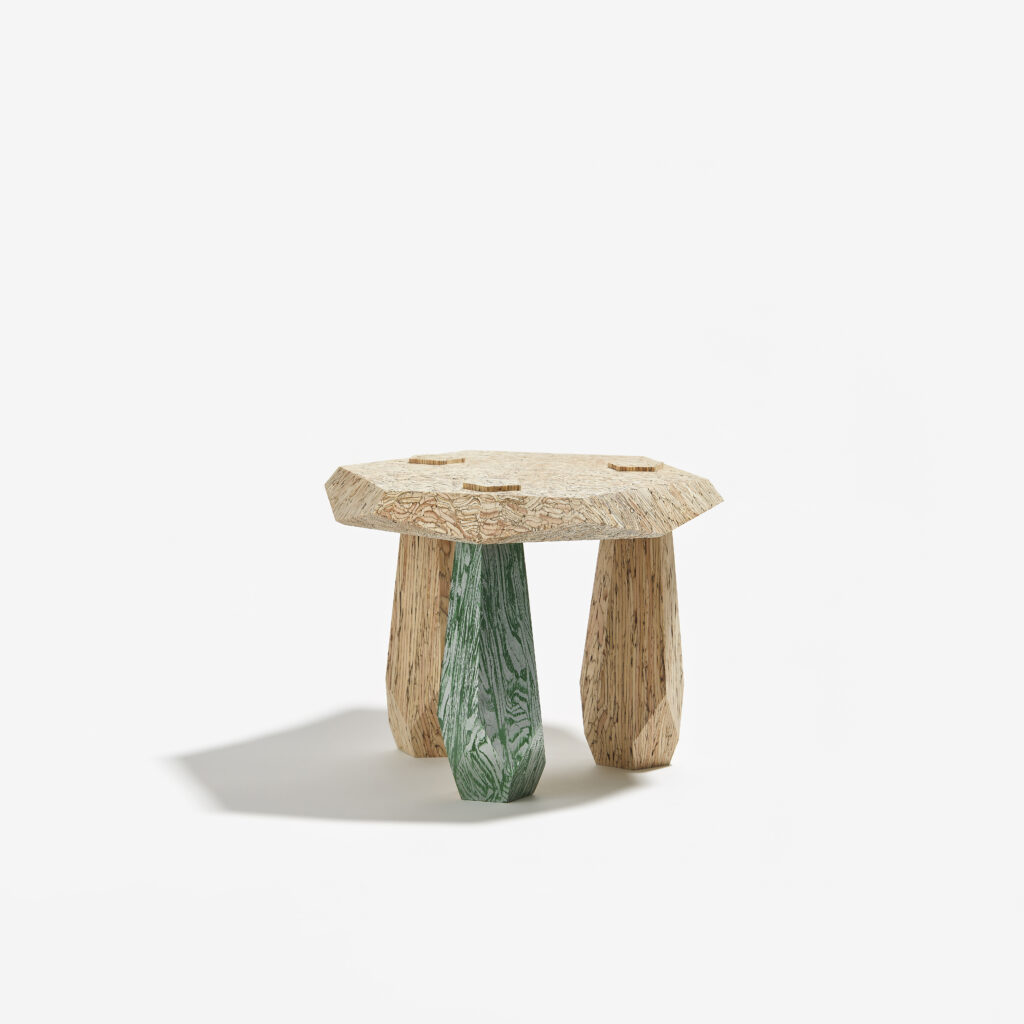
Jongwon-Lee_Primitive-Structures-scaled
DESCRIPTIONIn this project the designer has focused on two points. The first is the cycle of the material during the building process. The second is the primitive origins of her own culture.MOTIVATIONCulture of origin and contemporary design converge in a process that experiments with and reinvents primitive forms, adapting them to new demands.
SPECIAL MENTIONFragmentario, USA“Avocado Seed Brick”(Booth D20)
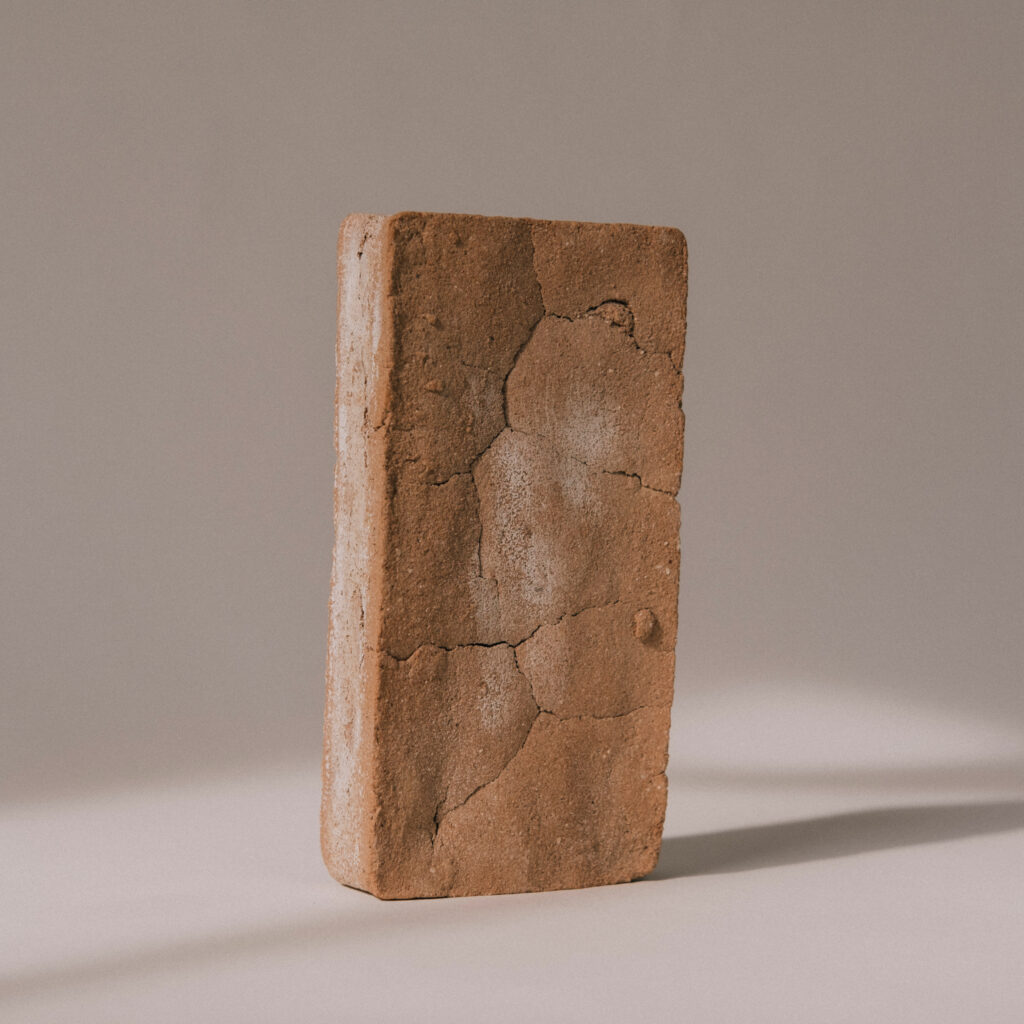
Fragmentario_MariaElenaPombo_AvocadoSeedBrick
DESCRIPTIONThe brick made with avocado seeds and a binder made from Sargassum algae is one of the applications of the research led by the designer on the properties and use of avocado seeds to balance material excesses and shortages.MOTIVATIONHarnessing the most diverse applications, it embodies contrasting places and resources in an ongoing, fruitful interaction that enriches the project as a whole, born of a simple seed.

